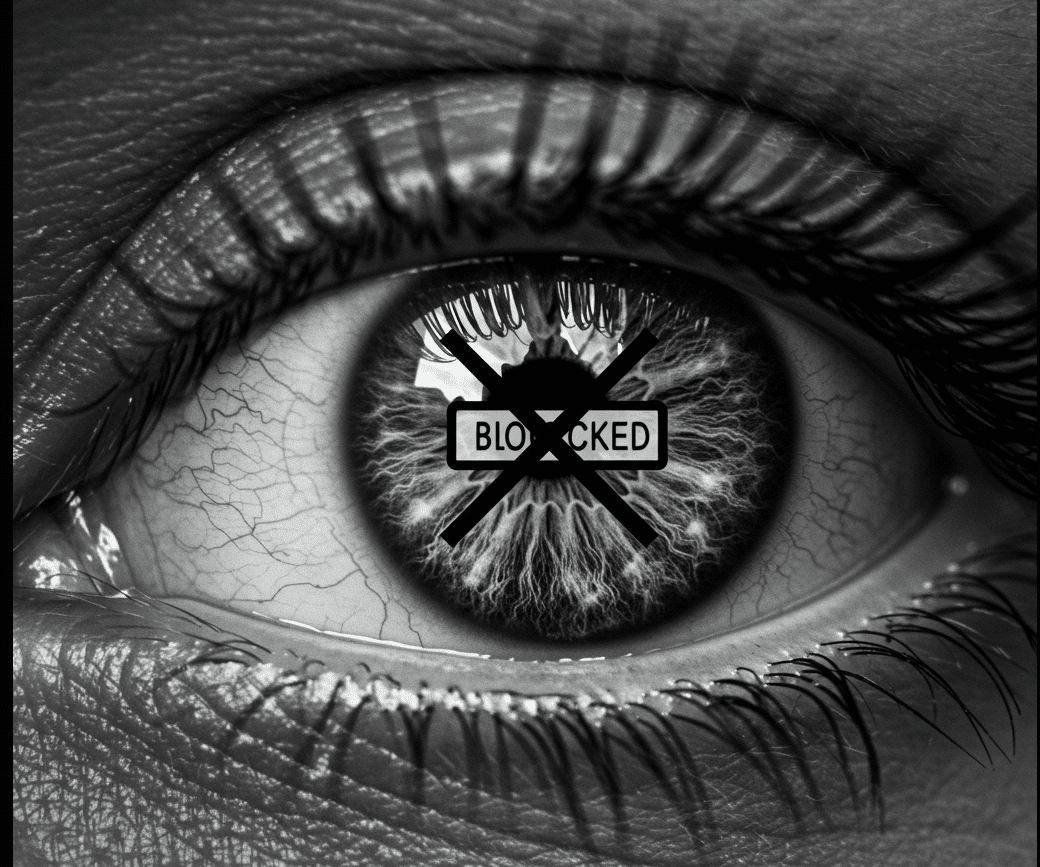Let’s start by looking at what native advertising actually means. Imagine you’re reading a copy of Vogue and suddenly come upon an article about installing new gutters, complete with detailed information about one specific gutter installation company. It would be jarring, confusing, and certainly not likely to encourage you to suddenly decide to have new gutters installed on your house.
On the other hand, imagine you were paging through a copy of Better Homes & Gardens, or reading a home-improvement article online, and that same gutter-themed piece appeared. It wouldn’t feel out of place at all (even if it did seem a bit more promotional than the copy surrounding it). If you’re reading a home-themed publication, you might well be amenable to considering new gutters, and the company featured in that piece could well get your business.
The difference between these two scenarios is that in the second, the article was presented to you in the right place: It felt right at home or, in other words, native. Native advertising, then, is the creation of promotional materials that match the tone and voice of your brand.
Native advertising agencies will produce all kinds of materials, from long-form ads that resemble articles, to video content, to social media posts, posters, emails, billboards, flyers, and more. But not every ad agency produces advertising that feels truly native, which runs the risk of turning off potential customers, subscribers, or otherwise successful leads. Here, I’ll explain how to choose the right native advertising agency for your brand’s needs.
Understanding Native Advertising
“A native ad is not just one that fits in, it’s a strategic mechanism to take one’s audience where one wants, with a subtlety that results in a user not even realizing they’re being sold to,” explains Peter Lewis, founder of Strategic Pete.
To put it another way, native ads are paid media that don’t feel like advertising. Done well, they are engaging, occasionally amusing, sometimes informative, and always on message. Native ads are common in magazines, with ads materializing in the form of an article with a true narrative. They are ubiquitous on social media, can be found on TV and on the radio, are all over video platforms like TikTok and YouTube, and can even take the form of entire books or documentaries.
What Are the Native Advertising Formats to Pay Attention to in 2025?
The times have changed, so make sure you’re using the most current native advertising approaches.
Short-Form Video
Already ubiquitous on social media, short-form videos are the most popular type of media of our day, and they are the perfect vehicle for native advertising.
Articles
Whether embedded in an actual print magazine or added among the feed of articles on a website, fully-developed, well-written “articles” that just so happen to be promoting a specific brand, product, or service can be very effective when properly placed.
Social Media Posts
Chances are good you see plenty of native ads in social media every day, and hardly notice that you’re encountering an ad instead of a regular post. That’s because many marketers are very good at their work.
Podcast Segments
If well-produced, a short segment placed before or during a podcast sounds like just another part of the program while actually being an ad.
Search
You can also pay to place ads that will pop up during your target audience’s use of a search engine, which can redirect someone to purchase your product. This is especially true when the product you’re promoting is quite similar to their search.
Top Native Advertising Agencies to Consider
Smartly
Smartly boasts global customers like McDonald’s, Walmart, Uber, and more. The company creates AI-optimized digital media that seamlessly integrates into social media feeds. The company has created an average of 800 billion annual impressions.
Nativo
Nativo strives to produce and then place quality content that potential customers will find genuinely engaging. Then, thanks to machine learning, it tweaks and improves that content constantly in response to user engagement — or lack thereof.
Taboola
Hey, we know we do what we do well. But to keep things objective, let’s let the numbers speak for themselves. Taboola customers report a 750% increase in native sign-ups, a 700% ROI (return on investment) in ad spend, and 40% lower costs per impression. Taboola can also secure premium placements of native ads on sites like Business Insider, USA Today, and more.
Get Traffic That Converts.
How We Chose the Best Native Advertising Agencies
My choices were based on measurable results and quality of work, which is always a good starting point when you make your own decision. “When choosing an advertising agency, always start with your goal — do you need lead generation, brand awareness, or e-commerce sales?” advises Aaron White, CEO of Outbound. “Find an agency that specializes in your specific needs and has a track record of delivering measurable results. Ask for case studies, clear reporting, and a focus on performance metrics like conversions, not just impressions.”
More advice comes from Lewis, who recommends considering three questions when analyzing a native ad company. “First, how do they select platforms for placement? Good agencies analyze audience behavior first, choosing platforms where there are engagement and conversions, not just cheap clicks. Second, what’s the creative testing process? A good agency A/B tests headlines, storytelling angles, and content variations before scaling spend. If they can’t explain how they optimize messaging over time, they’re gambling with your budget. Third, how do they measure success beyond CTR? If an agency is fixated on clicks and impressions, but not time on page, engagement rate, or conversion lift, they’re not focused on business impact.”
Benefits of Native Ads over Traditional Ads
Ironically, traditional advertising can sometimes have the exact opposite of its intended effect, driving potential customers away instead of drawing them in by being annoying, jarring, or simply poorly executed.
Native advertising meets customers where they are, serving them both the type of media and the messaging they already like to consume. Good native ads can subtly promote brand awareness and entice people to make purchases at the same time, something traditional advertising often struggles to do.
Because native advertising can take so many different forms, after the initial research and development required to optimize it, it can actually be more affordable than traditional marketing practices. After all, a paid social media post is a lot cheaper than a television commercial.
Best Practices for a Solid Native Advertising Strategy
A good native advertising strategy involves understanding your audience, creating engaging content, and establishing metrics you can use to track how well it’s working.
Understand your audience by considering the demographics and interests of the customers you’re after. Then, create a customer-centric strategy, using your customers’ preferred voice and tone and the media they most often consume. You then need to create appealing content, inspired by or even mimicking the style of successful content in a given niche. This engaging content has to feel natural and unobtrusive.
Now, those metrics you established? Use them! Track your progress to ensure you’re reaching your goals and ROI, then consider optimization strategies, remembering that native advertising may require some trial and error.
Key Takeaways
To choose the best native ad agency, remember the three questions recommended by Lewis:
1: How does the agency select platforms for placement?
2: What’s the creative testing process?
3: How does the agency measure success beyond CTR?
Once you know you have an agency you can trust, establish your marketing goals, your marketing budget, and your metrics for success, then get your marketers all the information you can so they can get to work.
Frequently Asked Questions (FAQs)
Who are the biggest native advertising publishers?
Some of the largest native advertising publishers include the three featured above —Taboola, Smartly, and Nativo — but there are many more, such as Outbrain, MGID, Triplelift, and Sharethrough.
How much does native advertising cost?
“Native advertising is expensive. Not because agencies charge high fees, but because it takes time to build momentum,” says Lewis. “If you don’t have at least three months of budget for testing and optimization, don’t search for it.” Pay-per-click models can see pricing from $0.10 to more than a dollar per click. Single ads can cost hundreds to produce. The investment usually pays off, but it’s pricey at the start.
Where should you run native ads?
Run your ads where your intended audience is, from social media platforms and YouTube to podcasts and print magazines. The research you do to identify the best potential customers will invariably include tracking their habits, so you’ll know where they can be found.
How big is the native advertising market?
Native advertising is a huge market. Estimates are that native advertising spending accounted for $88.01 billion in 2023 and that it may more than double or even triple by the early 2030s, per data from Market Research Future.



